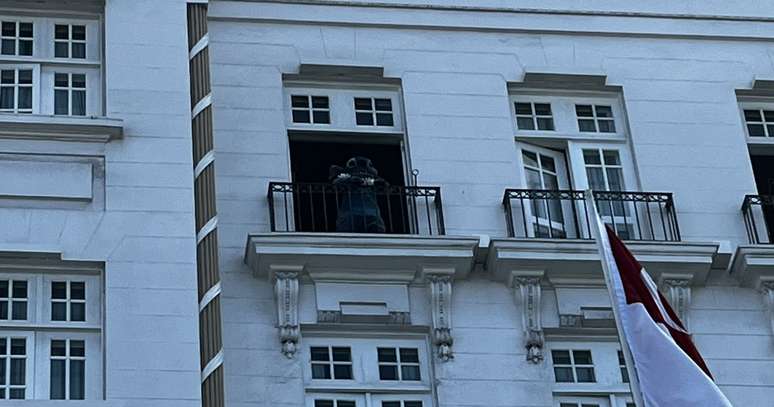The data was released by the United Nations Children’s Fund (UNICEF)
Despite the Covid-19 pandemic, which has caused economic and social impacts in the country and around the world, Brazil has shown an improvement in child poverty rates. However, it has seen the rate of childhood illiteracy double. The data are contained in the report on multidimensional poverty in childhood and adolescence in Brazil, released by the United Nations Children’s Fund (Unicef).

To measure multidimensional poverty, UNICEF assesses children’s and adolescents’ access to six fundamental rights: income, education, information, water, sanitation and housing. Situations of intermediate deprivation have been recorded, i.e. in which difficulties are encountered in the exercise of rights; and extreme, when there is no access. The report is based on the continuous national household sample survey (Pnad Continua), of the Brazilian Institute of Geography and Statistics (IBGE).
“We assume that children’s rights are a priority and that all are equally important”explains Santiago Varellaspecialist in social policies at Unicef.
Research shows that Brazil has managed to reduce the proportion of people aged up to 17 with some deprivation. In 2016 the percentage was 66.1%. In 2019, the last year before the pandemic, 62.9%. In 2022 the rate was 60.3%. This percentage represents 31.9 million children and adolescents out of a total of 52.8 million in the country. “A downward trend that we believe is still very slow”Varella currency.
“Looking at multidimensional poverty from the perspective of 2022 is very relevant as we begin to understand what recovery from the post-pandemic period means for the lives of children and adolescents”He said.
Inequalities
The numbers presented by Unicef highlight a pattern of regional and racial disparities. In 2022, the North and North East had the worst rates of children and adolescents with some deprivation. No state remained below the 70% threshold (the higher the percentage, the worse the conditions of the population up to 17 years of age). Negative points for Pará, Amapá, Maranhão and Piauí, all above 90%.
At the other extreme, the South and South-East are those with the best rates. São Paulo stands out, the best in the country, with 35.7%. Outside of these two regions, the Federal District performed well, with the second best rate in the country, 37.6%.
Looking at multidimensional poverty through the prism of population color, 48.2% of whites experienced some deprivation, while in the black group the rate was 68.8%. This difference of 20.6 percentage points (pp) was equal to 22.1 pp in 2019. “This gap is a persistent problem with a slowly decreasing trend”complains Varella.
Source: Terra
Rose James is a Gossipify movie and series reviewer known for her in-depth analysis and unique perspective on the latest releases. With a background in film studies, she provides engaging and informative reviews, and keeps readers up to date with industry trends and emerging talents.








